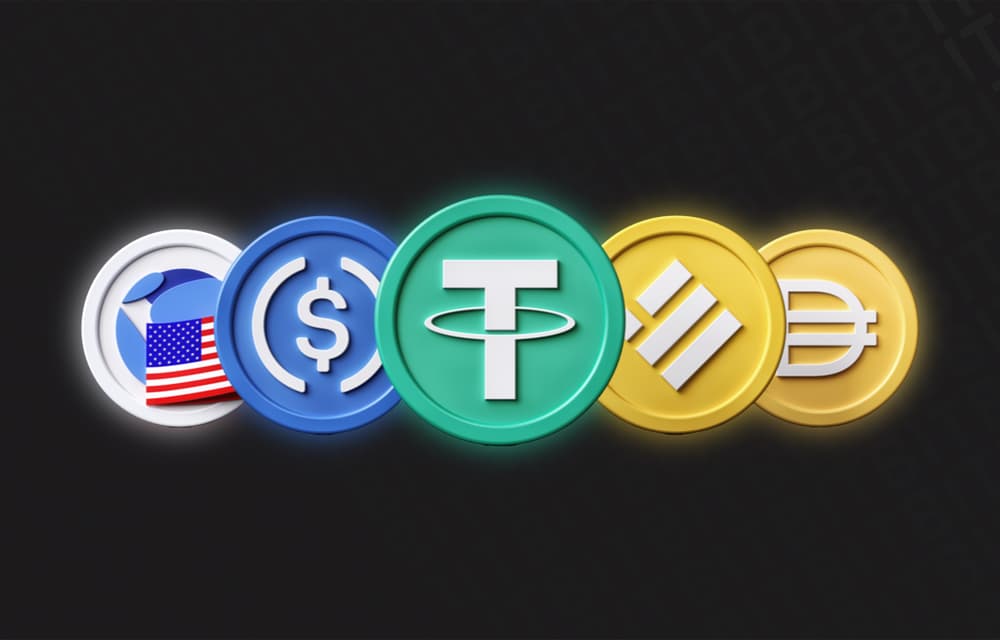Stablecoins, once niche crypto assets, are now entering the financial mainstream as major players like PayPal, Bank of America, Revolut, and Stripe adopt them to simplify international payments and remittances.
Stablecoins Entering the Mainstream: How Global Banks and FinTech Giants Are Reshaping the Future of Money
Written by Sumit Kaushik

Once avoided as a speculative sideline of the crypto world, stablecoins—cryptocurrency equivalents whose prices are pegged to stable assets like the US dollar—are no longer on the periphery of the blockchain. Mainstream finance in 2025 is embracing them with open arms, foreshadowing nothing less than a revolution in global finance.
From Wall Street to Wallet apps, competitors such as Bank of America, PayPal, Revolut, Stripe, and Standard Chartered are racing to create, test, or launch their own stablecoins. Why now? A combination of tech readiness, demand in the market, and, above all, regulatory clarity.
The Global Payments Problem
Cross-border payments have traditionally suffered from:
- High fees (particularly on remittances)
- Slow processing times (days, not seconds)
- Inefficient currency conversions
Opaque intermediary layers (SWIFT, correspondent banks)
Stablecoins provide a quicker, cheaper, and transparent way. When they are sent on blockchain rails, a stablecoin transaction settles in seconds at near-zero cost with no regard to geography or bank hours.
Who is Driving the Stablecoin Revolution?
Let's take a look at how some of the largest corporations are making stablecoins go mainstream:
- PayPal (PYUSD) : In 2023, PayPal USD (PYUSD) was the debut of the first stablecoin from a large US bank. 1:1 backed by USD deposits and treasuries, PYUSD is aimed at e-commerce, P2P payments, and merchant adoption on PayPal and Venmo.
- Bank of America: Reportedly considering USD-backed stablecoin pilots for cross-border settlement. Focusing on B2B trade finance and interbank transfer, sidestepping slow SWIFT procedures.
- Stripe: The cross-border payments processor has made stablecoin settlements available to merchants, allowing businesses that are based in countries with high inflation such as Latin America to get paid in USD equivalents.
- Revolut: The UK-based super app recently released a multi-currency stablecoin wallet, where customers can hold and send stablecoins in GBP, EUR, and USD denominations.
- Standard Chartered: This legacy bank is investing in tokenized asset infrastructure and promoting stablecoin adoption in Asia and Africa, with the vision of enhancing cross-border remittance corridors.
Regulation: The Missing Puzzle Is Found
Regulatory uncertainty was the largest obstacle to stablecoin adoption. In 2024-2025, nations such as:
- The U.S. (via the Stablecoin TRUST Act)
- Singapore
- UK (Financial Services and Markets Act amendments)
…put forth reserve transparency directives, issuer licensing, and redemption procedures. This paved the way for licensed banks and FinTechs to enter the stablecoin space safely—free from the free-rage volatility of traditional crypto assets.
Increased Real-World Uses
Stablecoins are no hype—they are already transforming how we use money:
- Cross-Border Remittances: Migrant workers can now send money home instantly at low costs without Western Union-esque fees.
- E-commerce: Vendors eschew card processing fees and foreign exchange fees with stablecoin checkout.
- Payroll: Businesses remit remote workers and freelancers in USD stablecoins, particularly in regions of high exchange volatility.
- B2B Trade: Producers utilize tokenized payments to clear cross-border invoices in minutes, not days.
FinTech + Blockchain = The Ultimate Power Combo
Though stablecoins are riding blockchain rails, it is the FinTech platforms that bring them into action.
Imagine
- APIs for real-time fiat and stablecoin conversion
- Wallets for safe token storage and transfer
- Business analytics dashboards to track FX and compliance in real time
The synergy between FinTech-TradFi guarantees stablecoins are not speculatives, but key financial instruments.
Challenges Ahead
Stablecoins face challenges even with their growth:
- Bank Runs & Collateral Risk: Ill-managed reserves (such as TerraUSD) fail overnight.
- Cybersecurity Threats: Smart contract risks or wallet compromises are still in the mix.
- Interoperability: Will PayPal's token be listed on Stripe's merchant platform or a Standard Chartered wallet?
- Central Bank Digital Currencies (CBDCs): Will they be complementary or competing with private stablecoins?
The Future of Money
Stablecoins could be the bridge between current fiat systems and digital currencies of the future. In your ride-hailing app, cross-border payroll system, or Amazon checkout, they are already well on their way to being invisible, frictionless, and ubiquitous.
As regulators, banks, and entrepreneurs join together to innovate on top of stablecoins, they are no longer crypto's sideshow—finance's headliner.